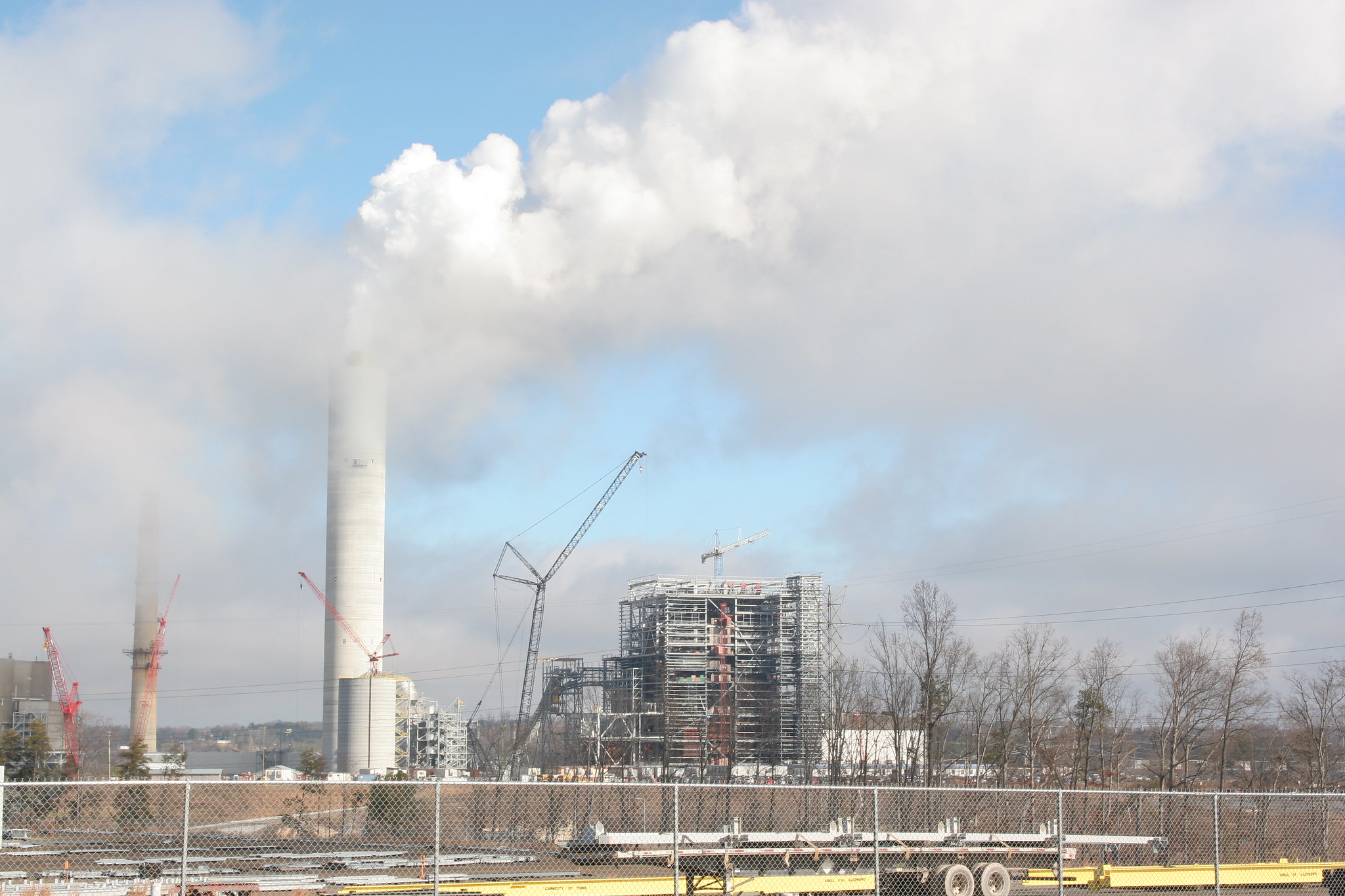Duke Energy’s coal-burning plants are uneconomic, unnecessary burdens on customers who shouldn’t be forced to pay higher bills to keep them running, according to expert testimony recently filed on behalf of the Sierra Club with the N.C. Utilities Commission. In fact, analysis supporting the filing shows that Duke Energy Carolinas has been operating its coal fleet at a loss.
The Sierra Club’s analysis focuses on the economics of DEC’s 13 coal-burning units, for which the utility is seeking cost recovery on customers’ bills: Cliffside Units 5 and 6, Belews Creek Units 1 and 2, Allen Units 1-5, and Marshall Units 1-4. Duke has provided no justification for continuing to pour money into these units—especially when energy efficiency and renewables continue to be a cheaper, viable option—and has no basis for asking customers to pay costs associated with keeping these aging, expensive, polluting coal plants operating. Duke tried to block the Sierra Club’s analysis, but the NCUC quickly ruled in favor of letting the testimony stand.
The Sierra Club is currently appealing to the North Carolina Supreme Court the NCUC’s decision to make customers pay for Duke Energy Carolinas’ (DEC) multimillion dollar toxic coal ash cleanup, estimated to climb to $10 billion in the coming years. Not only is this cost unfair to customers—particularly those living on low and fixed incomes and in communities near Duke’s leaking coal ash pits—but the Sierra Club’s analysis also shows that every DEC coal unit was a net negative value for ratepayers over the last three years, and that these plants will continue to operate uneconomically in the years to come.
It’s time for Duke to be held fully accountable for its bad economic and environmental decisions.
The Sierra Club is asking the Utilities Commission to disallow past spending on capital projects incurred between the 2017 rate case and the current rate case because data show that all of DEC’s coal units had negative net value in 2016 and 2017, and nine of DEC’s 13 coal units had net negative value in 2018.
Capital spending during this time period should be disallowed until Duke Energy provides evidence of an analysis demonstrating the value of the investment done at the time the investment decision was made.
This kind of assessment is an increasing trend among utilities, many of which are analyzing the economic viability of existing coal units in their resource planning. In its 2018 long-term energy plan, Northern Indiana Public Service Company examined alternative retirement dates for its five existing coal units, concluding that customers would save more than $4 billion by retiring those units in 2023 rather than operating them until 2030.
PacifiCorp’s 2019 integrated resource plan (IRP includes a unit-by-unit retirement analysis of alternative retirement dates, years before the end of the units’ depreciable lives, for each of its 22 coal units across its six-state service territory. And Georgia Power’s 2019 IRP also included a retirement analysis for each of its existing coal units.
A rigorous analysis by Duke Energy would include all costs and benefits associated with near-term and mid-term retirement dates. The continued operation of each coal unit would be compared to an optimized replacement resource portfolio, rather than a single replacement resource, that can provide all of the services that would otherwise be provided by the retiring coal unit. The cost of replacement resources should be informed by recent all-source requests for proposals.
Additionally, the Utilities Commission should cap future capital expenditures intended to prolong the operating years of DEC’s aging coal units and require Duke to get commissioners’ approval for any expenditure that exceeds that cap before customers would be forced to pay for it.
DEC shouldn’t be allowed to pass along costs associated with keeping these unnecessary coal plants running, and hard-working families, businesses and seniors struggling to make ends meet shouldn’t have to shoulder the costs for coal ash cleanup or the closure of the ash basins, both which should have started a long time ago.
